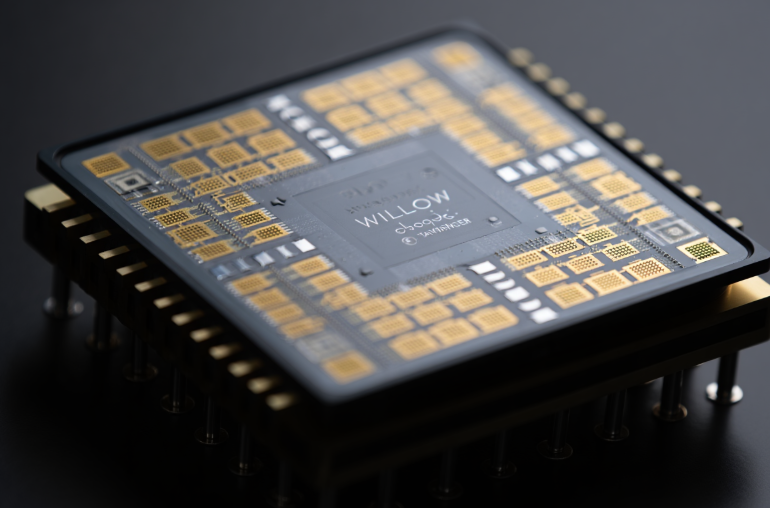World’s First Transatlantic Robotic Stroke Surgery: A New Era
Surgeons in Florida just completed the first transatlantic robotic surgery on a stroke patient in Dundee, Scotland. They used ultra-low latency networks and state-of-the-art robotics. It happened nearly 7,000 km apart but felt like next door.
The surgeon controlled tiny instruments remotely via haptic controls and 5G satellite links, and therefore there was no perceptible delay. This powerful combo let them carry out complex vascular brain procedures in real time. It points to a future where distance doesn’t limit access to life-saving treatment.
Why It Matters & What Comes Next
This breakthrough could transform emergency stroke care, where every minute counts. In addition, remote robotic operations might allow top surgeons to help patients in remote or war-torn regions. For example, astronauts or crew aboard spacecraft could one day benefit from this technology.
Experts say the success of the transatlantic robotic surgery signals a borderless era in medical intervention. It makes clear that geography no longer needs to define treatment options. As a result, patients everywhere may gain access to high-end care regardless of location.
Engaging & Inclusive Outlook
We’re entering a new age of medicine. With inclusive design and global availability, this technology promises to bring elite care to more people. Everyone, from remote villagers to city dwellers, could benefit. It’s exciting, and it’s already happening.






